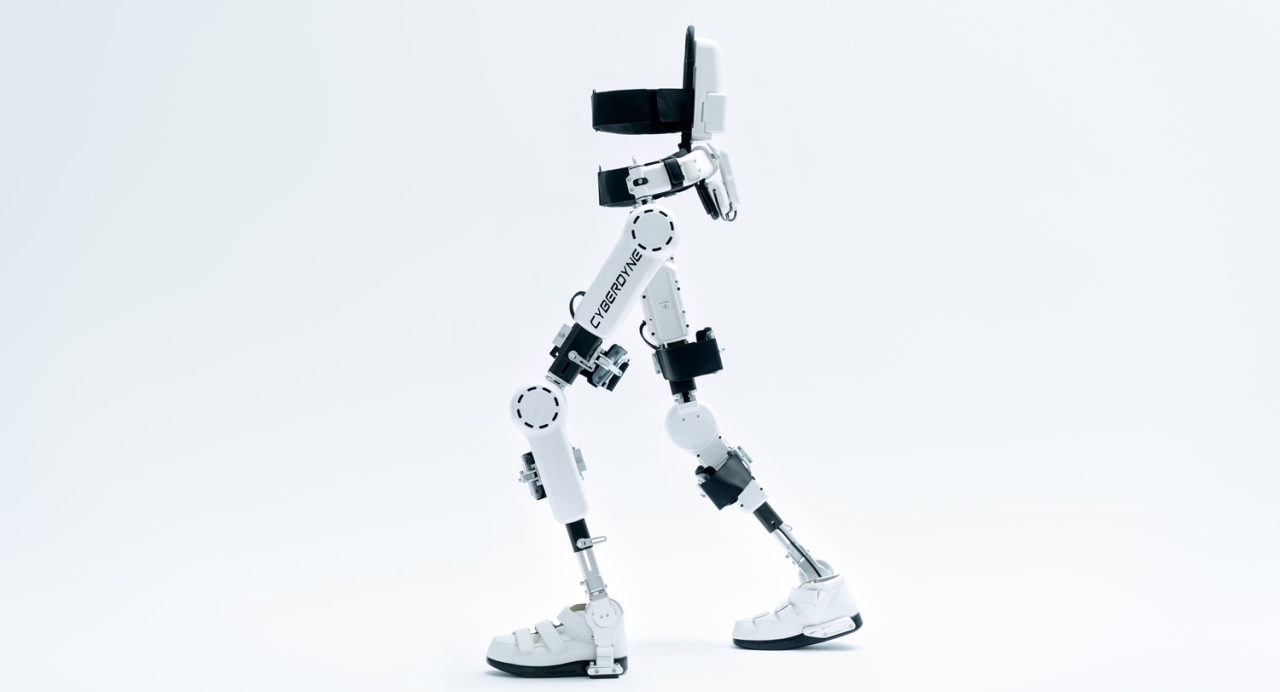|
Listen to this article |

ASTM International’s exoskeletons and exosuits committee (F48) is developing a proposed standard to provide guidance for maintaining exoskeletons. According to ASTM member Matthew Dickinson, the proposed standard (WK89778) will be focused on assisting users of exoskeletons.
ASTM said the proposed standard will provide a systematic approach to testing that will help ascertain the seamless functionality of exoskeletons, guaranteeing alignment with design expectations.
“Given its pivotal role in augmenting the capabilities of workers, establishing a procedural framework verifying the safe and effective use of the exoskeleton is imperative,” said Dickinson, senior lecturer in mechanical engineering, School of Engineering, University of Central Lancashire. “The proposed standard will ensure that essential prerequisites, such as power supply verification for tools, are duly addressed before commencing tasks.”
Dickinson also said this new proposed standard directly relates to the United Nations Sustainable Development Goal #3 on good health and well-being.
“By prioritizing exoskeleton maintenance protocols, this initiative inherently safeguards the health and well-being of employees outfitted in such equipment, thereby exemplifying its indispensability as a cornerstone of workplace safety and efficiency,” he said.
ASTM welcomes participation in the development of its standards. The committee’s work involves exoskeletons for a variety of uses, including industrial, emergency response, medical, military and consumer applications covering passive and active systems.
“The advent of groundbreaking exoskeleton technology necessitates a concerted effort to foster widespread engagement in shaping standards governing its evolution,” said Dickinson. “Because exoskeletons are tailored to individuals engaged in manual labor across various sectors, ranging from manufacturing shop floors to construction sites, we encourage participation from seasoned professionals proficient in power tools and manufacturing processes.”
Researchers at the Wyss Center have an ongoing project to develop AI algorithms that use brain signals to control a lightweight exosuit. The Synapsuit project aims to develop high-performance algorithms that decode complex brain signals. In turn, these signals control a lightweight, soft, wearable exosuit that supports arm and hand movement in real-time.
ASTM’s ongoing robotics work
ASTM International recently named Andrew Kireta Jr. as its new president, effective May 1, 2024. ASTM said his background in standards development and familiarity with the organization positions him to lead future growth and innovation. Kireta succeeds Katharine Morgan, who served in the role since 2017 and will retire after a “distinguished 40-year career with ASTM.”
Kireta is president and CEO of the Copper Development Association. He has been with that not-for-profit trade association since 1992, serving the past two decades in an executive management capacity.
In addition, ASTM International noted that Kireta has been an ASTM member since 1998. He joined the organization‘s board of directors in 2014, serving as chair of the audit and finance committee in 2017, vice chair in 2018 and 2019, and chair of the board in 2020. Kireta also previously served as vice chair and chair of the board of SEI International, an ASTM affiliate.
As robots expand from factories into other environments, safety and reliability have become increasingly important. ASTM has been developing standards for robotic grasping and manipulation, legged robots, assembly robots, vision guidance for bin picking, and additive manufacturing in construction.





